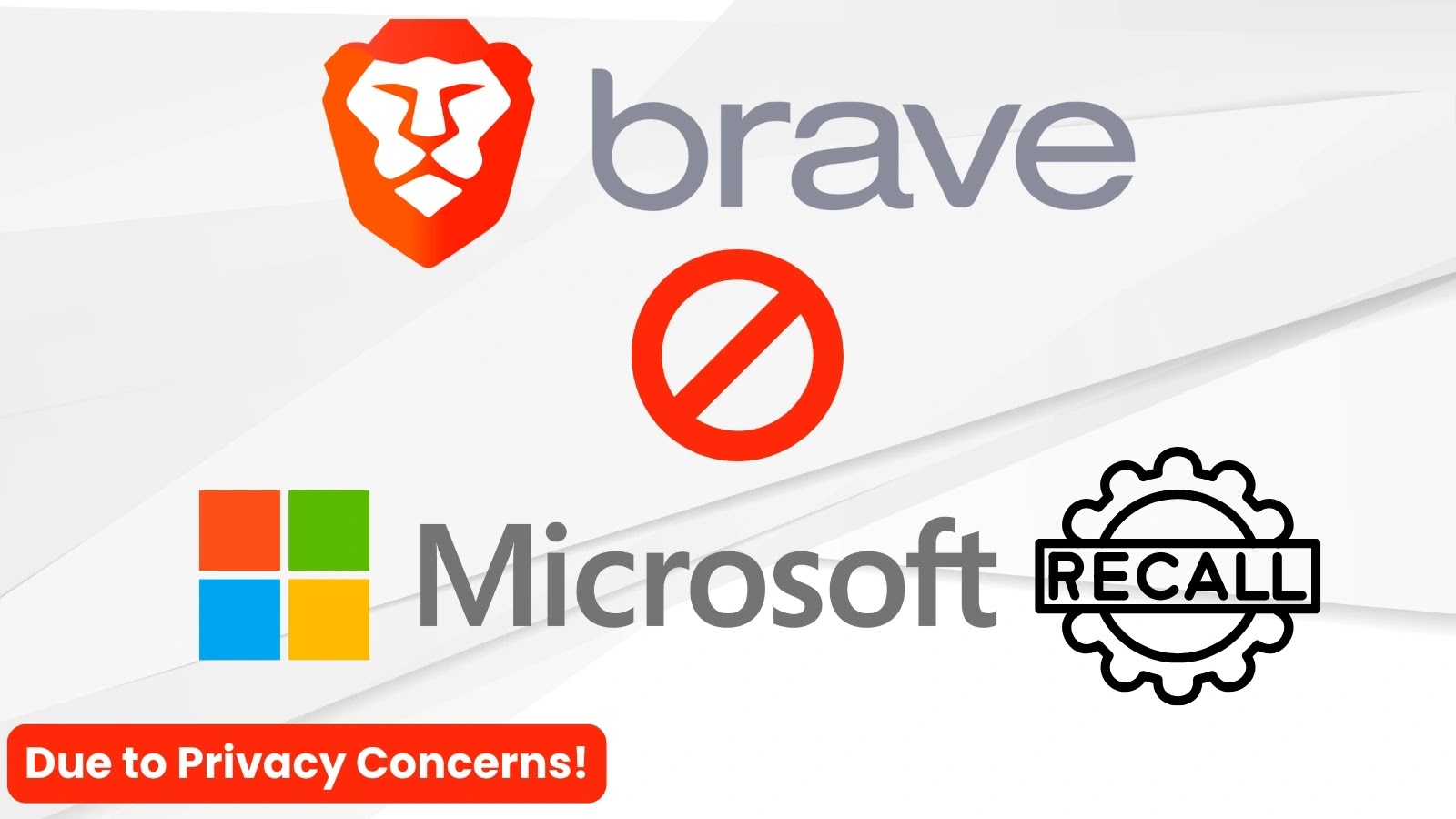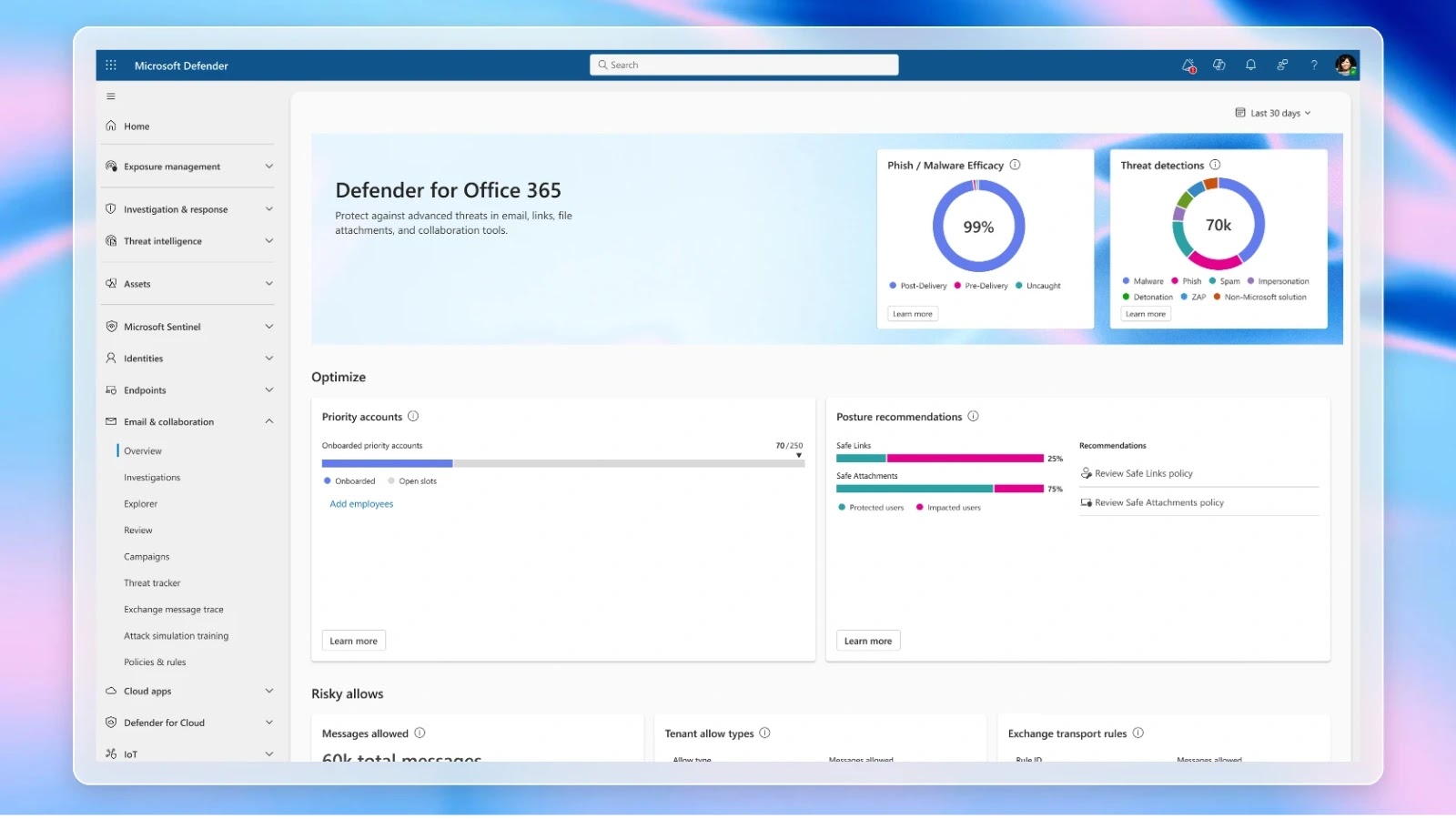In August 2025, Google released a series of security updates to rectify multiple vulnerabilities within the Android operating system. Notably, these updates addressed two critical flaws in Qualcomm components that had been actively exploited in real-world scenarios.
Identified Vulnerabilities
The primary vulnerabilities addressed include:
– CVE-2025-21479: This flaw pertains to improper authorization within the Graphics component, potentially leading to memory corruption due to unauthorized command execution in GPU microcode.
– CVE-2025-27038: A use-after-free vulnerability in the Graphics component, which could result in memory corruption during graphics rendering using Adreno GPU drivers in Chrome.
Both vulnerabilities were disclosed by Qualcomm in June 2025, alongside CVE-2025-21480, which also received a CVSS score of 8.6.
Exploitation in the Wild
While specific details regarding the exploitation of these vulnerabilities remain undisclosed, Qualcomm acknowledged indications from Google’s Threat Analysis Group that CVE-2025-21479, CVE-2025-21480, and CVE-2025-27038 may have been subjected to limited, targeted exploitation. Historically, similar vulnerabilities in Qualcomm chipsets have been exploited by commercial spyware vendors, suggesting a potential pattern of abuse.
Inclusion in CISA’s KEV Catalog
The U.S. Cybersecurity and Infrastructure Security Agency (CISA) has added these vulnerabilities to its Known Exploited Vulnerabilities (KEV) catalog. Consequently, federal agencies are mandated to apply the necessary updates by June 24, 2025, to mitigate potential threats.
Additional Security Patches
Beyond addressing the Qualcomm vulnerabilities, Google’s August 2025 patch also rectified:
– CVE-2025-22441 and CVE-2025-48533: High-severity privilege escalation flaws within the Android Framework.
– CVE-2025-48530: A critical bug in the System component that could lead to remote code execution without requiring additional privileges or user interaction.
Patch Deployment and Recommendations
Google has provided two patch levels: 2025-08-01 and 2025-08-05. The latter encompasses fixes for closed-source and third-party components from Arm and Qualcomm. Android users are strongly advised to apply these updates promptly to safeguard their devices against potential threats.
Historical Context
This isn’t the first instance of Google addressing actively exploited vulnerabilities within Android. In March 2025, the company released a security bulletin addressing 44 vulnerabilities, including two high-severity flaws:
– CVE-2024-43093: A privilege escalation flaw in the Framework component, potentially allowing unauthorized access to specific directories.
– CVE-2024-50302: A privilege escalation flaw in the HID USB component of the Linux kernel, which could lead to a leak of uninitialized kernel memory to a local attacker through specially crafted HID reports.
Both vulnerabilities were reported to have been exploited in the wild, underscoring the persistent targeting of Android devices by malicious actors.
Implications for Users
The recurrence of such vulnerabilities highlights the importance of regular software updates and vigilance among Android users. Exploitation of these flaws can lead to unauthorized access, data breaches, and potential deployment of spyware. Users are encouraged to:
1. Regularly Update Devices: Ensure that devices are updated with the latest security patches as soon as they become available.
2. Download Apps from Trusted Sources: Avoid sideloading applications from unverified sources, as they may contain malicious code exploiting known vulnerabilities.
3. Monitor Device Behavior: Be alert to unusual device behavior, such as unexpected crashes or performance issues, which may indicate compromise.
Conclusion
Google’s proactive approach in addressing these vulnerabilities reflects its commitment to user security. However, the onus also lies on users to remain informed and take necessary precautions to protect their devices and personal data.



